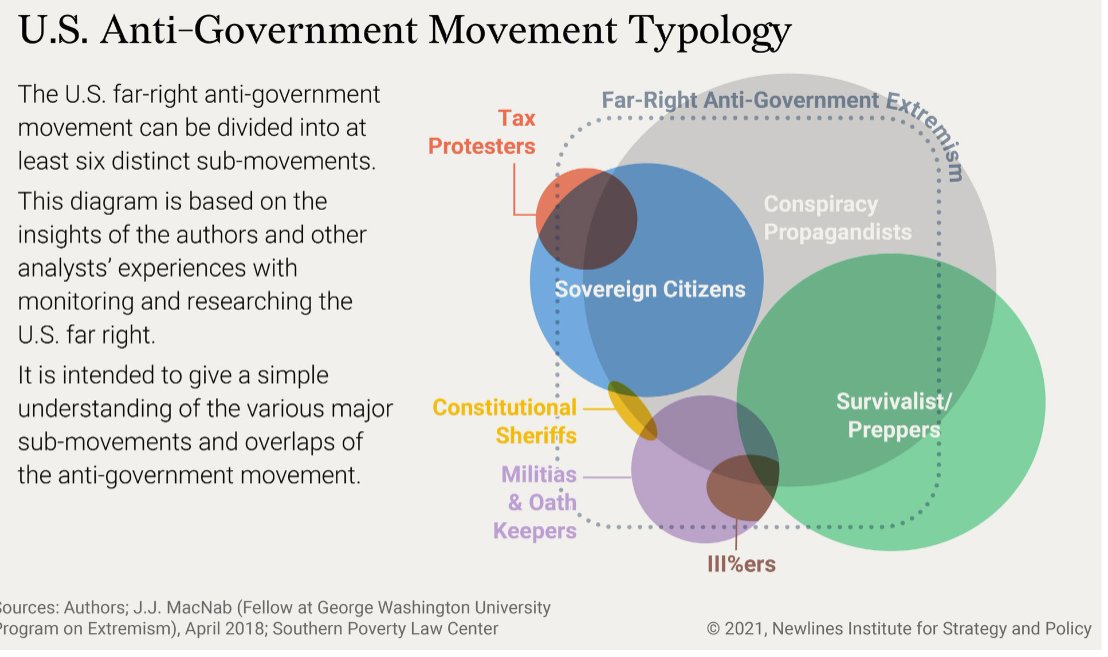
After years of various far right & conspiracists yelling “false flag” at 9/11, school shootings, etc we shouldn’t be surprised if they try to add that to their bag of tricks.
Some good items here you’ll see in the wider anti-government movement 🧵
washingtonpost.com/nation/2021/03…
Some good items here you’ll see in the wider anti-government movement 🧵
washingtonpost.com/nation/2021/03…
Despite the flag waving, pro-military, blue lives matter rhetoric, you’ll note how easily they rationalize violence against law enforcement.
The essence of their being is preparing for a war against the US military & law enforcement.
These folks are NOT your friends.
The essence of their being is preparing for a war against the US military & law enforcement.
These folks are NOT your friends.
Stewart Rhodes, leader of the Oathkeepers has a history of calling on military & law enforcement to “obey the Constitution” (i.e. his interpretation of it) or else.
It’s the same shitty authoritarian playbook...Only I can interpret the sacred scrolls!
It’s the same shitty authoritarian playbook...Only I can interpret the sacred scrolls!
What’s with the weird compulsion to brag publicly about committing a felony? Certainly some of these folks were so deluded that they thought they weren’t doing anything illegal but I remain convinced another driver is an intense desire for validation.
But the insurrections aren’t awkward teens trying to figure out their identity & place within their peer groups. They’re older, theoretically more comfortable in their skin & less inclined to need to do risky things for approval, right?
I think this is an interesting row to hoe
I think this is an interesting row to hoe
• • •
Missing some Tweet in this thread? You can try to
force a refresh



